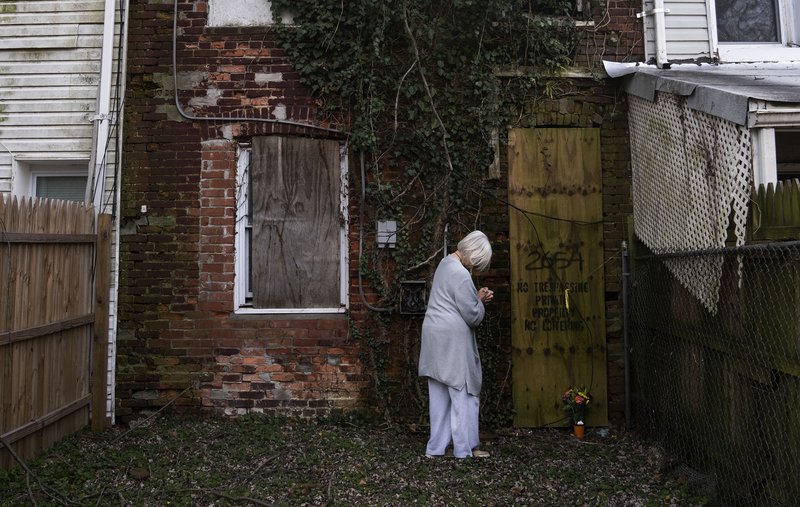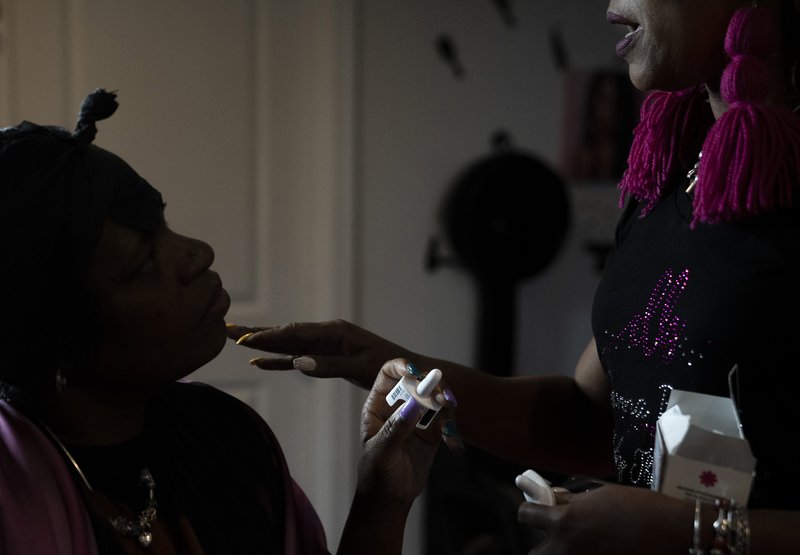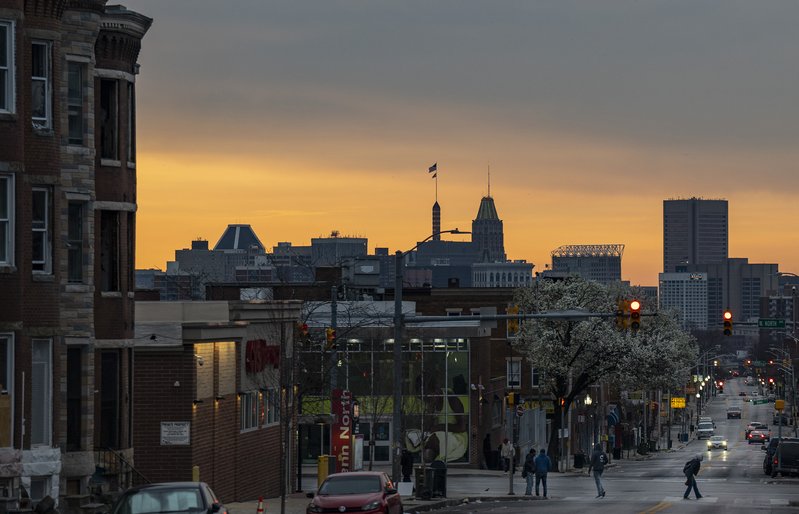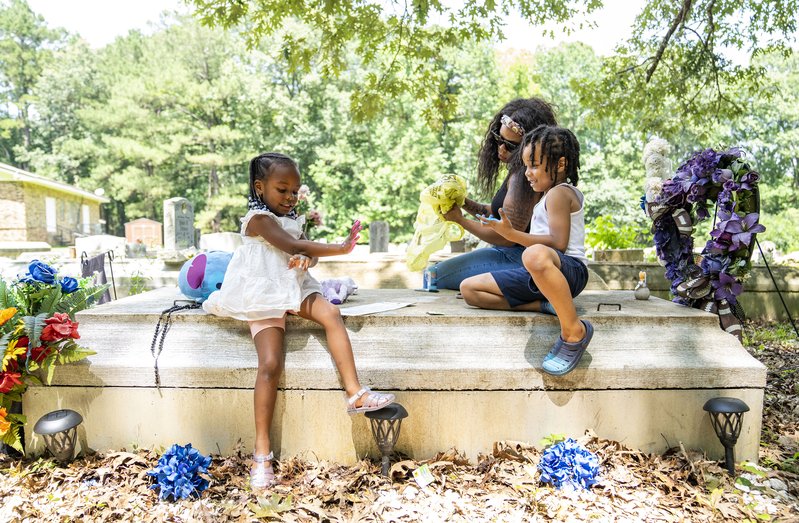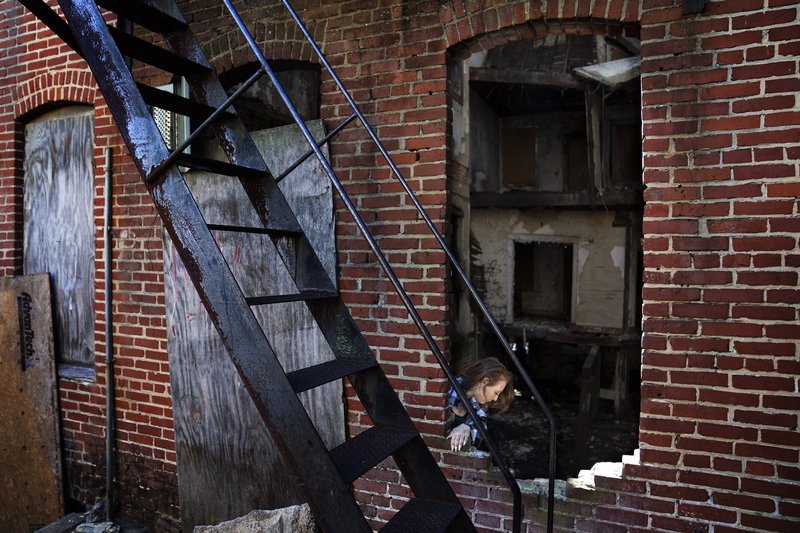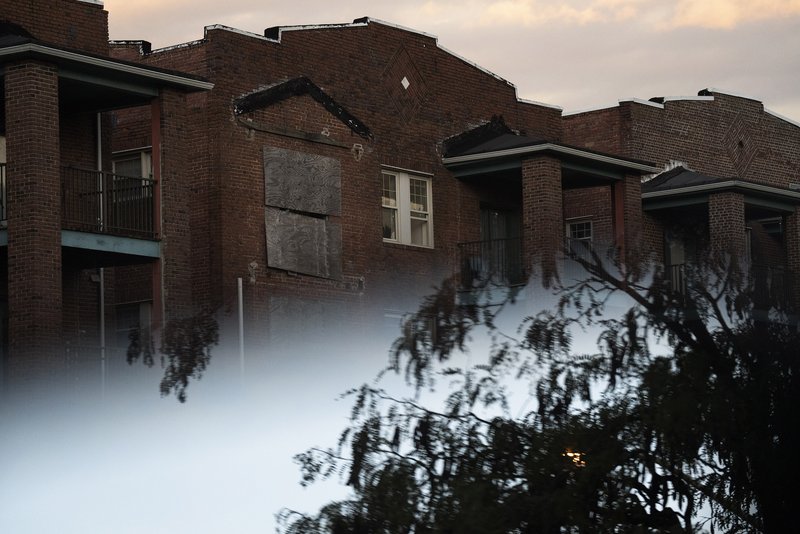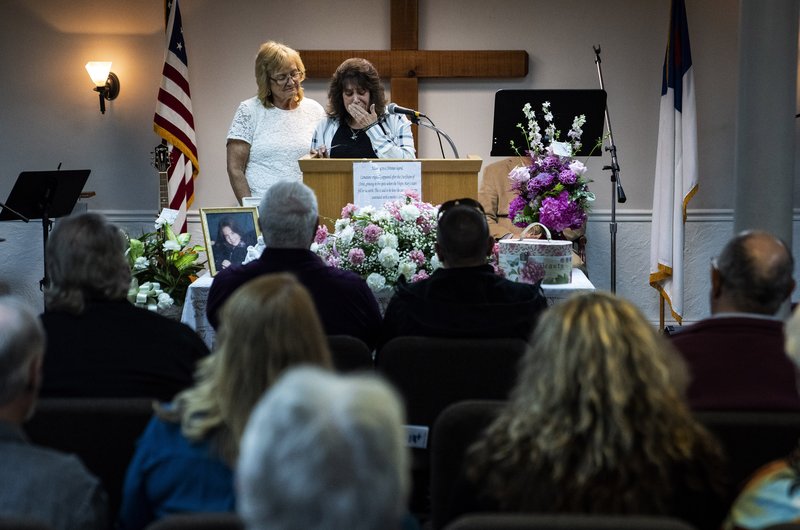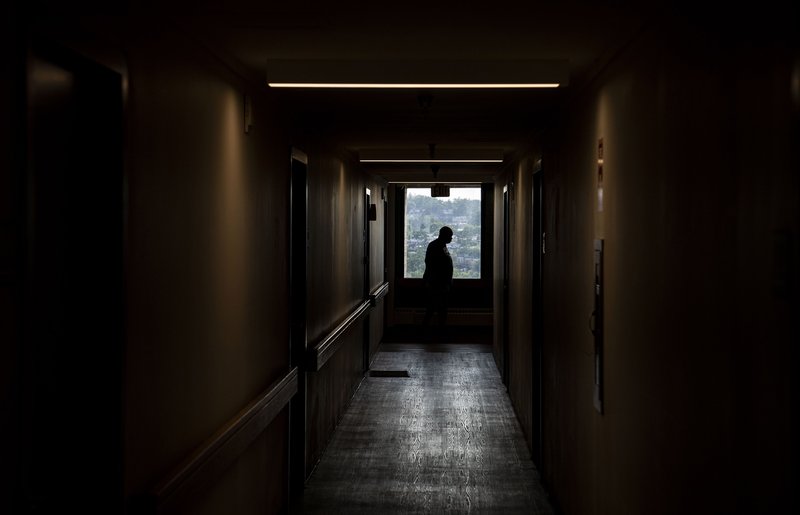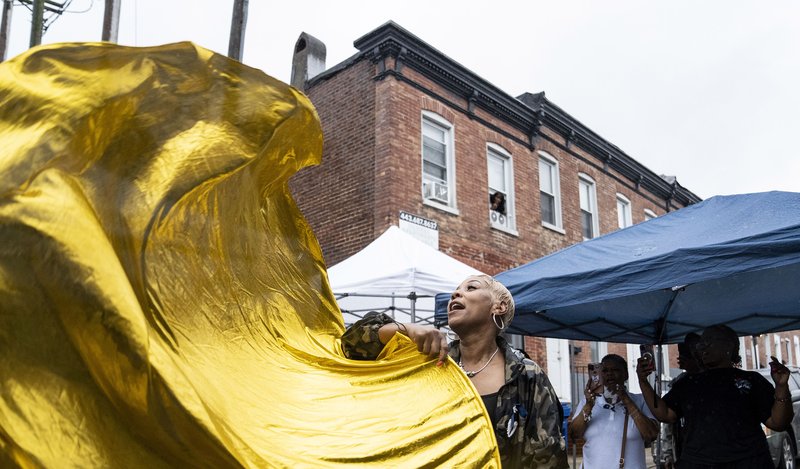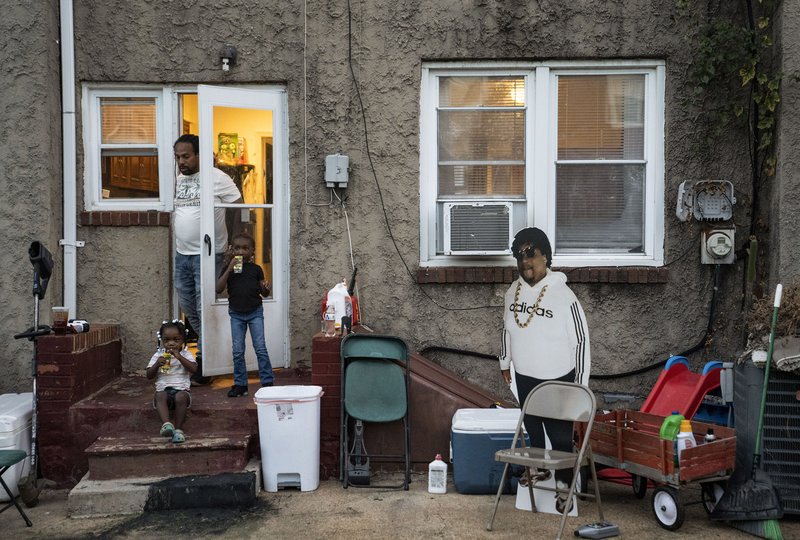Award of Excellence: Baltimore's Overdose Crisis
Baltimore’s Overdose Crisis
On February 15, 2024, Mona Setherley brings flowers to the abandoned rowhouse where Bruce, her son, died from an overdose in Southwest Baltimore. Bruce, 43, had been addicted to heroin, then fentanyl, for more than 20 years, Mona said. He didn’t think he would grow old. The people of Baltimore have been enduring the worst drug overdose crisis in American history — and city officials largely ignored it, ending several programs designed to save lives. In the past six years, nearly 6,000 lives have been lost. The death rate from 2018 to 2022 was nearly double that of any other large city — higher than nearly all of Appalachia during the prescription pill crisis, the Midwest during the height of rural meth labs or New York during the crack epidemic. This series tells the stories of those who lost their lives to overdoses in Baltimore City. It explores one of the hardest-hit groups: Black men in their mid-50s to early 70s, who, despite comprising only 7 percent of the city's population, account for nearly 30 percent of drug fatalities, a rate 20 times higher than the national average. It also investigates PHA Healthcare, a company that collects millions of dollars a year to treat people struggling with addiction — but many of PHA’s patients have not gotten better. Instead, placed by the company in what are effectively government-funded drug houses, they have relapsed, fallen deeper into addiction, and sometimes died.
Jessica Gallagher
